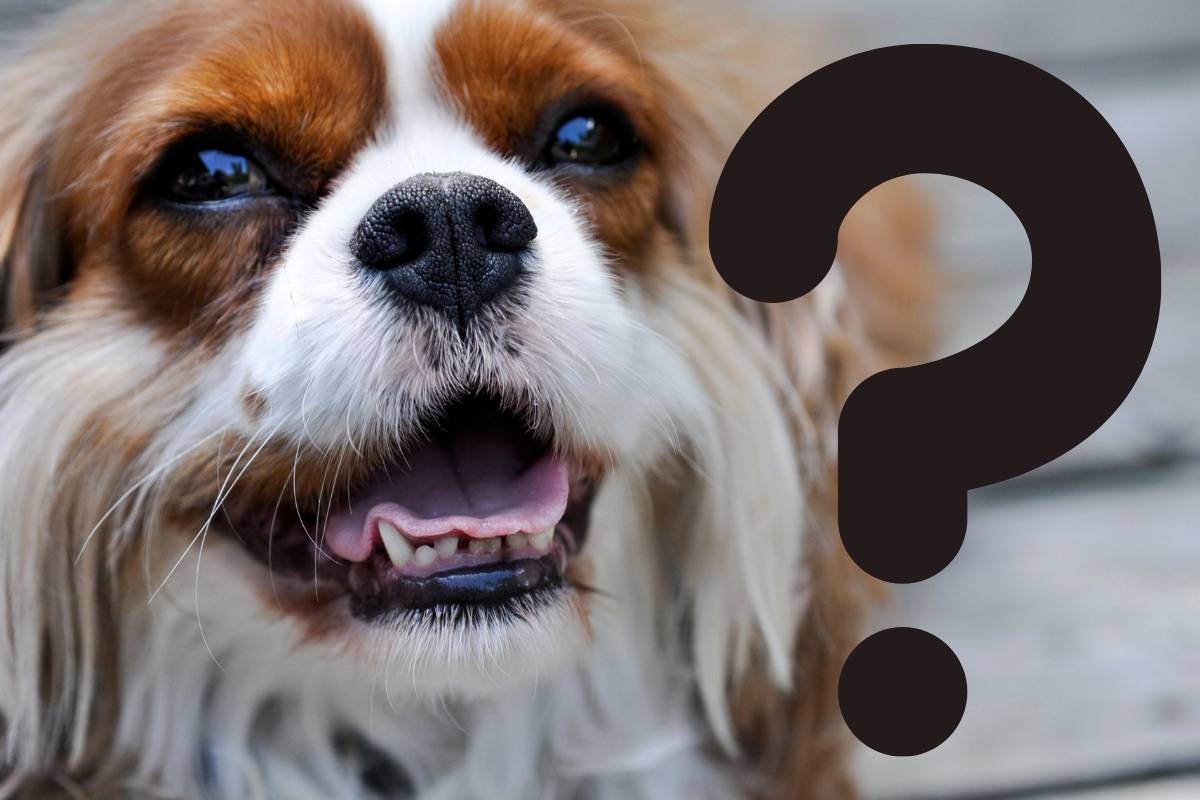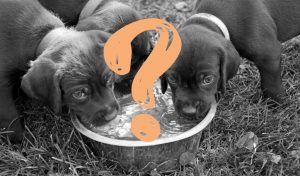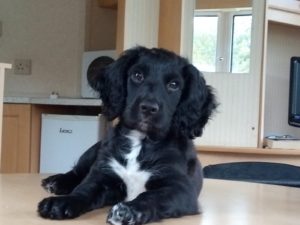There are many questions that people have about the spaniel breeds in general with some being more unusual than others.
Whether you are researching spaniels with a view to getting a dog or your enquiries are for other reasons, we’ve put together some of the common questions that people ask about the spaniel breeds.
Here’s the answer to Is a spaniel a gun dog?
Spaniels are gun dogs. They have been bred specifically to hunt and flush game that can then be shot or captured by a trained bird of prey. All of the spaniel breeds have an inbred instinct to hunt and most can be trained to a reasonable standard for gun dog work. The most popular spaniels for gun dog activities are the English Cocker Spaniel and the English Springer Spaniel.
1. Is a spaniel a terrier?
No. Spaniels are members of the gun dog group of dogs. It could be easy to get some of the smaller spaniel breeds, such as the Cavalier King Charles, confused with terriers as they can look similar. Terriers are used for hunting out vermin by digging and going underground. Spaniels are not terriers.
2. Is a spaniel good for allergies?
No. Spaniels do shed their hair frequently, particularly if they live indoors and, for anyone that has a pet allergy, this hair can be problematic. There are no spaniels that do not shed and, in reality all breeds of dogs produce some levels of dog dander which can trigger allergic reactions in people.
3. Is a spaniel a mutt?
A mutt or mongrel is a term that is given to a dog which is not recognised as a pedigree and is a cross bred between two breeds of dogs.
Typical examples would be those dogs that have become known as Sprockers or Cockapoos and such like which are cross bred, in the case of the former, from Cocker and Springer spaniels and the latter Cockers and Poodles.
The pure bred breeds of Springers, Cockers, King Charles etc are not mutts or mongrels, whereas the Sprockers and others are.
4. Why do spaniels have long, floppy ears?
This might seem like a weird answer but the real reason for a spaniel’s long ears is that they help them with their sense of smell.
The long, hairy and floppy ears, catch scent as they run through cover and help to waft the scent particles towards the spaniel’s nose.
You’ll notice that the best scenting dogs have long ears that, in some cases, can almost touch the ground. These ears help the dog to track and detect game and other prey.
Other breeds that you may have seen, that are also great at scenting, that have long and floppy ears, are bloodhounds, beagles and bassat hounds.
5. Why do spaniels run sideways?
You’ve probably, at some point, seen a spaniel running sideways, almost crab like and wondered why they do this.
It’s all to do with scent and the spaniel’s ability and desire to get as much smell up his nose as he possible can.
When he runs or walks sideways, if you watch, you’ll notice that he does this when he is heading into the wind. By bending his body and walking sideways, he is using his body as a type of ‘sail’, capturing as much of the breeze as possible.
The breeze that he ‘captures’ then wafts it’s way along his body to his nose, allowing him to smell whatever is ahead of him more easily, efficiently and it also improves his scent range.
So, next time you see a spaniel walking or running sideways, you will know that he is doing what he is bred to do, seeking out as much scent as possible.
6. Why are spaniels used as sniffer dogs?
Spaniels, along with some of the other gun dog breeds, are the most common dogs used as sniffer dogs.
The key reasons for their popularity as sniffer dogs are:
- They are natural hunters and love to detect and find things
- They are nimble and fit dogs with lots of energy and are able to meet the demands of the job
- They are easy to train and love working
- Their sense of smell is incredible and very reliable
- They are a common breed and dogs are often available from rescue centres and shelters
7. Is a spaniel a hound?
No. Although hounds and spaniels are great dogs for scent, spaniels operate in a different way to a hound.
Spaniels will hunt game that is often tucked in and the dog will find it and flush it out.
Hounds are used more for tracking purposes and stalking, following scents and trails to seek out and find generally larger prey such as deer. They don’t flush or retrieve like spaniels do.
8. Is a spaniel a small dog?
Spaniels come in different sizes ranging from small to medium sized dogs.
Cockers, Springers and Boykin spaniels are medium sized dogs that weigh between 14 to 25 Kgs, whereas the Cavalier King Charles and King Charles Spaniels are much smaller.
The Clumber and Sussex spaniels are shorter in leg but tend to be heavier and sturdier in build.
9. What is the lifespan of a spaniel?
A well cared for, fit and healthy spaniel, from all of the spaniel breeds has a lifespan of between 12 to 14 years.
In 2010 a Cocker spaniel called ‘Uno’ was believed to be the world’s oldest dog having reached a claimed age of 22 years old. ( Peoples.com)
Conclusion
There is a whole range of questions that people ask about spaniels with these 9 questions being some of the most common ones.
Hopefully we’ve helped you to answer the questions that you had. If not, then why not take a look around our site which has tons of information about spaniels and their training and care?










